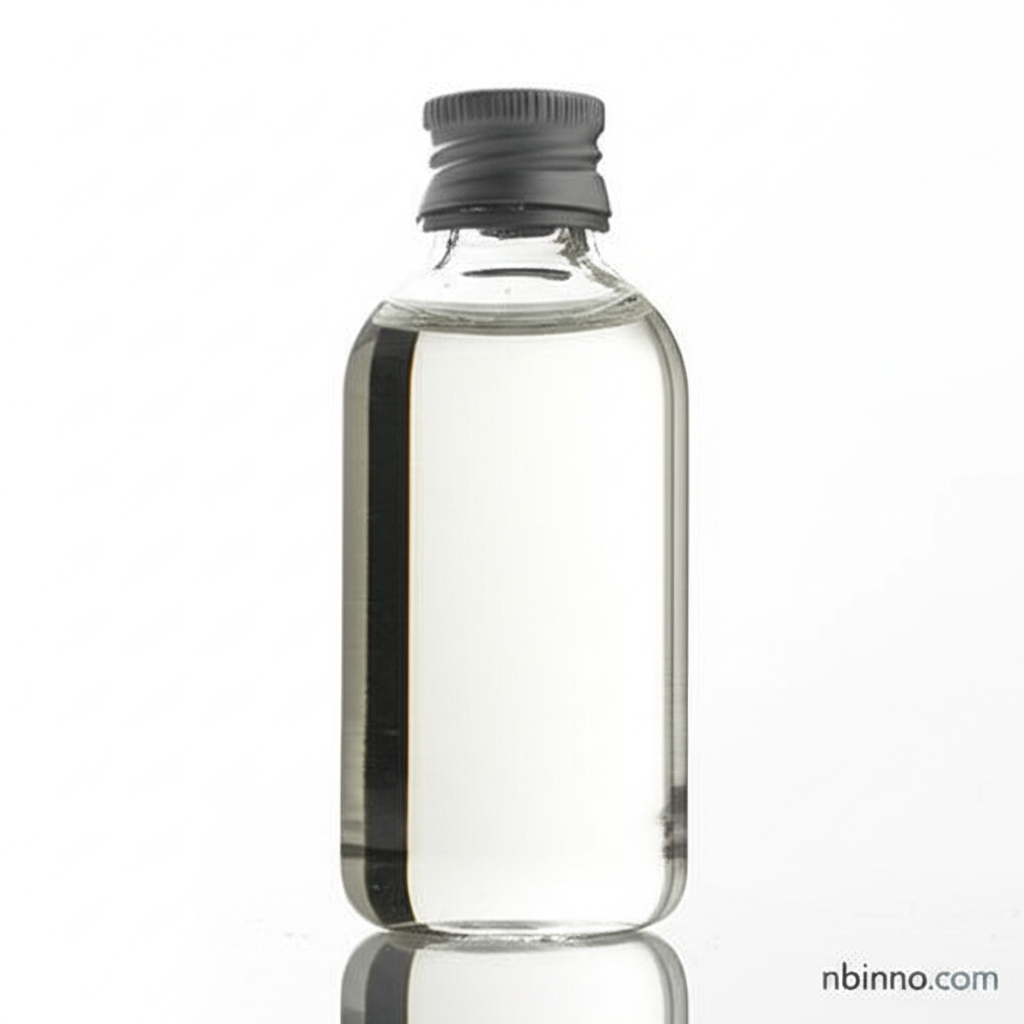3-(Chloromethyl)heptane: Properties, Applications, and Synthesis of a Key Organic Intermediate
Discover the critical role of 3-(chloromethyl)heptane as a versatile building block in modern chemical synthesis.
Get a Quote & SampleProduct Core Value

3-(Chloromethyl)heptane
3-(Chloromethyl)heptane, also known as 2-ethylhexyl chloride, is a crucial organic compound extensively utilized as an intermediate in various chemical manufacturing processes. Its reactive chloromethyl group makes it an effective alkylating agent, facilitating the synthesis of a wide array of complex molecules.
- Leveraging 3-(chloromethyl)heptane synthesis methods, chemists can efficiently produce essential pharmaceutical compounds.
- Exploring 2-ethylhexyl chloride applications reveals its importance in creating surfactants, plasticizers, and lubricants.
- The chemical properties of 3-(chloromethyl)heptane make it a valuable intermediate for synthesizing epoxy resins and polyurethanes.
- Understanding 3-(chloromethyl)heptane properties and uses is vital for optimizing organic synthesis reactions.
Key Advantages
Versatile Reactivity
The presence of the reactive chloromethyl group in 3-(chloromethyl)heptane enables it to undergo various substitution reactions, acting as a crucial alkylating agent in organic synthesis.
Broad Industrial Applications
From pharmaceuticals to agricultural chemicals, the diverse uses of 2-ethylhexyl chloride highlight its significance across multiple industrial sectors.
Efficient Synthesis Intermediate
As an isooctylchloride, it serves as a key building block, simplifying complex chemical syntheses and contributing to the development of new materials and compounds.
Key Applications
Pharmaceutical Manufacturing
The pharmaceutical industry relies on 3-(chloromethyl)heptane as an intermediate for synthesizing antihistamines, antipsychotics, and anticonvulsants, contributing to drug development.
Chemical Synthesis
As a chlorinated isooctane, it is a fundamental raw material for producing surfactants, plasticizers, and lubricants, vital components in many chemical products.
Agrochemicals
Its utility extends to the agricultural sector, where it functions as a fumigant and insecticide, helping to protect crops from various pests.
Research and Development
In R&D settings, 3-(chloromethyl)heptane is an essential reagent for organic synthesis and analytical techniques, aiding scientific advancement.
